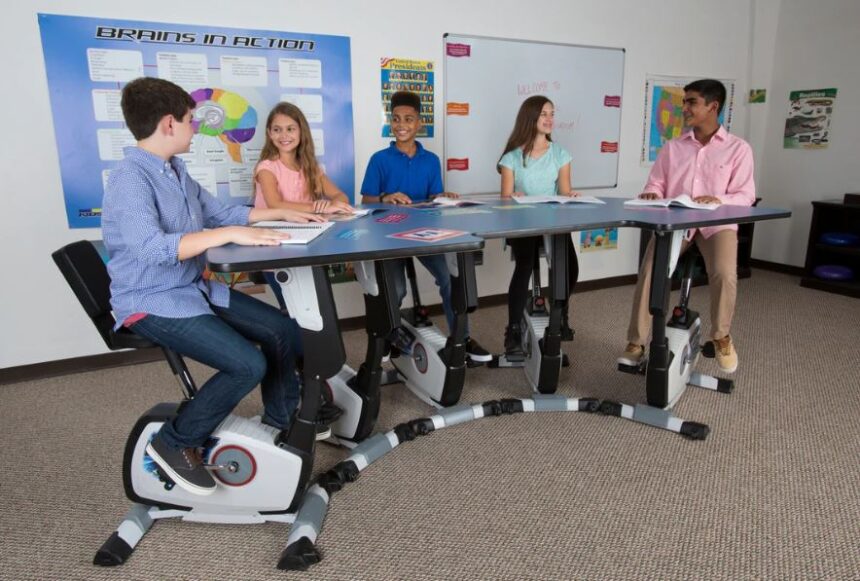Introduction
Pedacustic is the study of how humans perceive and interact with sound in various environments. It combines elements of acoustics, psychology, and design to enhance our auditory experiences. This article explores the concept of pedacustic, its applications across different fields, and practical ways to incorporate its principles into daily life.
What Is Pedacustic?
Pedacustic focuses on the interaction between sound and human perception. It examines how different environments and materials influence the way we hear and interpret sounds. This field aims to optimize soundscapes to improve communication, well-being, and environmental awareness.
Key Applications of Pedacustic
1. Education
In educational settings, clear sound transmission is vital. Pedacustic principles help design classrooms that minimize background noise and enhance speech clarity, benefiting all students, including those with hearing impairments.
2. Healthcare
Hospitals and clinics utilize pedacustic strategies to create calming environments. Soothing sounds can reduce patient anxiety and contribute to better recovery experiences.
3. Architecture and Interior Design
Architects and designers apply pedacustic concepts to create spaces with optimal acoustics. This includes selecting materials and layouts that enhance sound quality in concert halls, offices, and public areas.
4. Technology and Virtual Reality
In virtual reality (VR) and augmented reality (AR), realistic soundscapes are crucial. Pedacustic informs the development of immersive audio experiences, making digital environments more engaging.
Benefits of Pedacustic
-
Enhanced Communication: Improved sound clarity facilitates better understanding in conversations and presentations.
-
Stress Reduction: Exposure to pleasant sounds can lower stress levels and promote relaxation.
-
Improved Learning Environments: Optimized acoustics support concentration and information retention.
-
Therapeutic Effects: Sound therapy, based on pedacustic principles, aids in mental health treatment and cognitive development.
Practical Tips for Applying Pedacustic
At Home
-
Use Soft Furnishings: Incorporate rugs and curtains to absorb excess noise.
-
Control Background Noise: Minimize the use of loud appliances during conversations or study times.
-
Introduce Calming Sounds: Play gentle music or nature sounds to create a relaxing atmosphere.
In Workspaces
-
Design for Acoustics: Arrange furniture to reduce echo and facilitate clear communication.
-
Implement Sound Masking: Use white noise machines to minimize distractions in open-plan offices.
Pedacustic in Nature
Engaging with natural soundscapes, such as walking barefoot on different terrains, enhances sensory awareness and mindfulness. This practice, rooted in pedacustic principles, fosters a deeper connection with the environment.
Conclusion
Pedacustic offers valuable insights into how we experience sound and its impact on our daily lives. By applying its principles, we can create environments that support better communication, health, and overall well-being. Whether in education, healthcare, design, or personal spaces, understanding and utilizing pedacustic can lead to more harmonious and effective interactions with our surroundings.
Frequently Asked Questions (FAQs)
Q1: What is pedacustic?
A1: Pedacustic is the study of how humans perceive and interact with sound in various environments, aiming to optimize auditory experiences.
Q2: How does pedacustic benefit learning environments?
A2: By enhancing sound clarity and reducing background noise, pedacustic improves concentration and comprehension in educational settings.
Q3: Can pedacustic principles be applied at home?
A3: Yes, incorporating soft furnishings, controlling background noise, and introducing calming sounds are ways to apply pedacustic at home.
Q4: What role does pedacustic play in healthcare?
A4: Pedacustic helps create soothing environments in healthcare settings, reducing patient stress and aiding in recovery.
Q5: Is pedacustic relevant in technology?
A5: Absolutely, pedacustic informs the development of immersive audio experiences in virtual and augmented reality applications.




